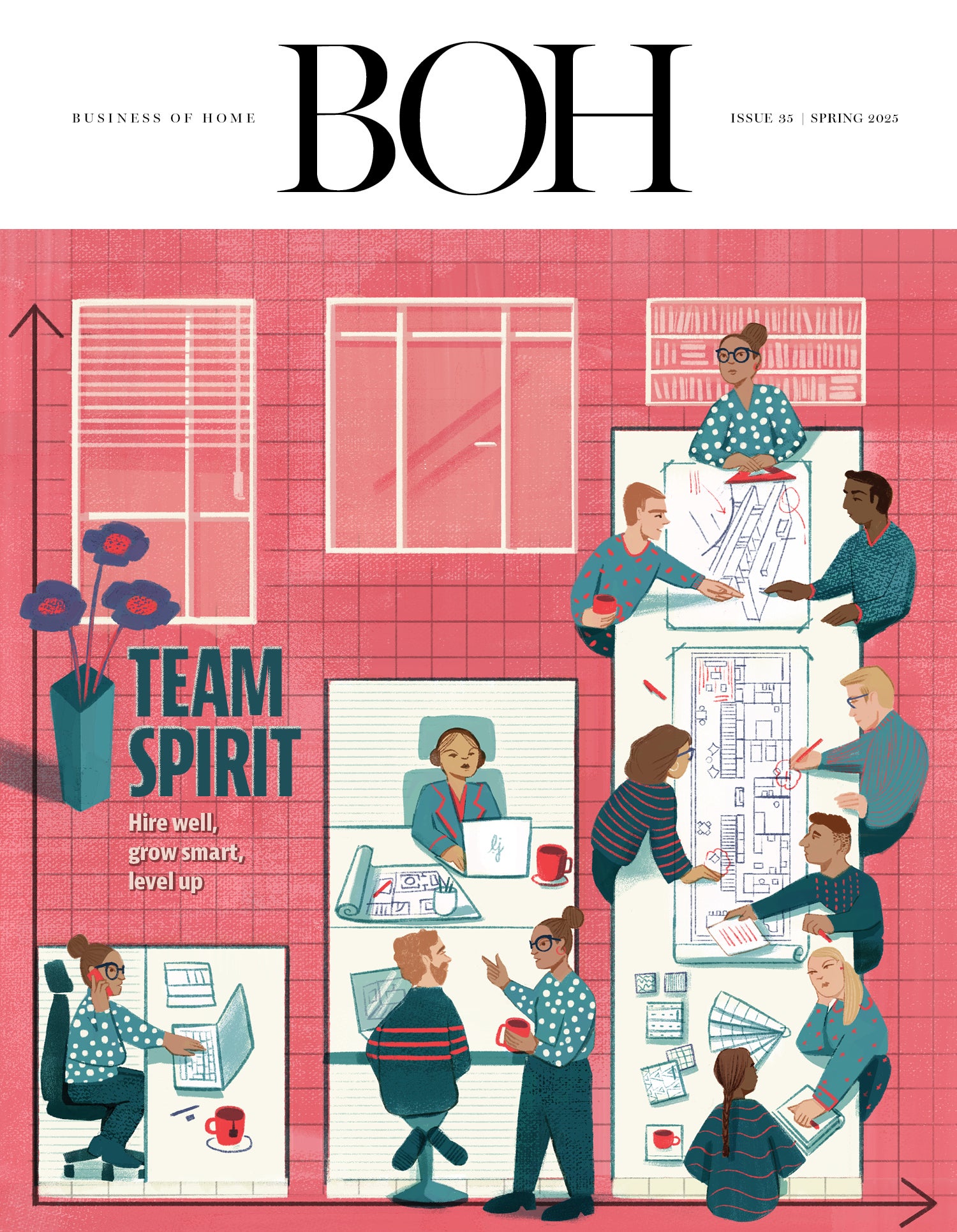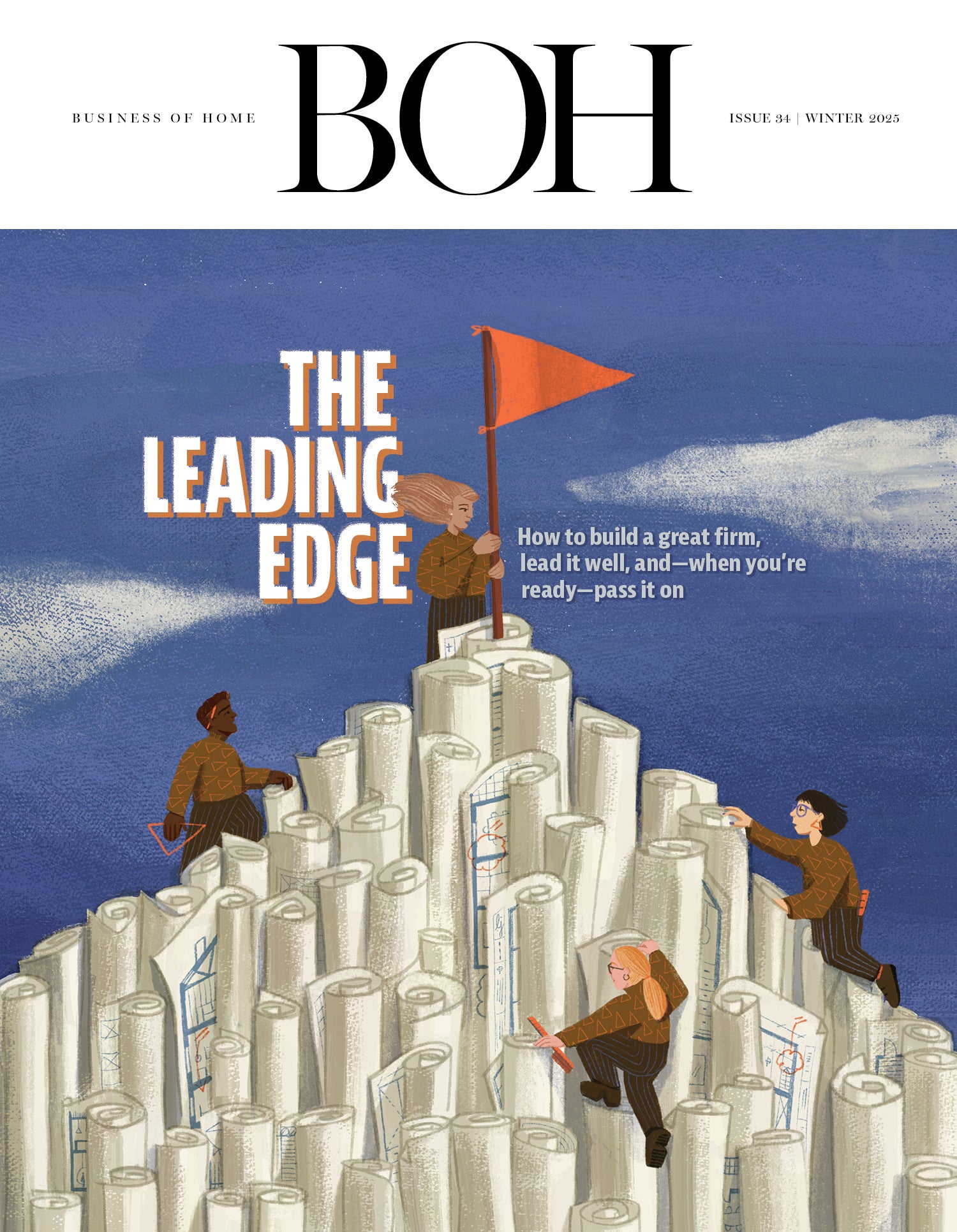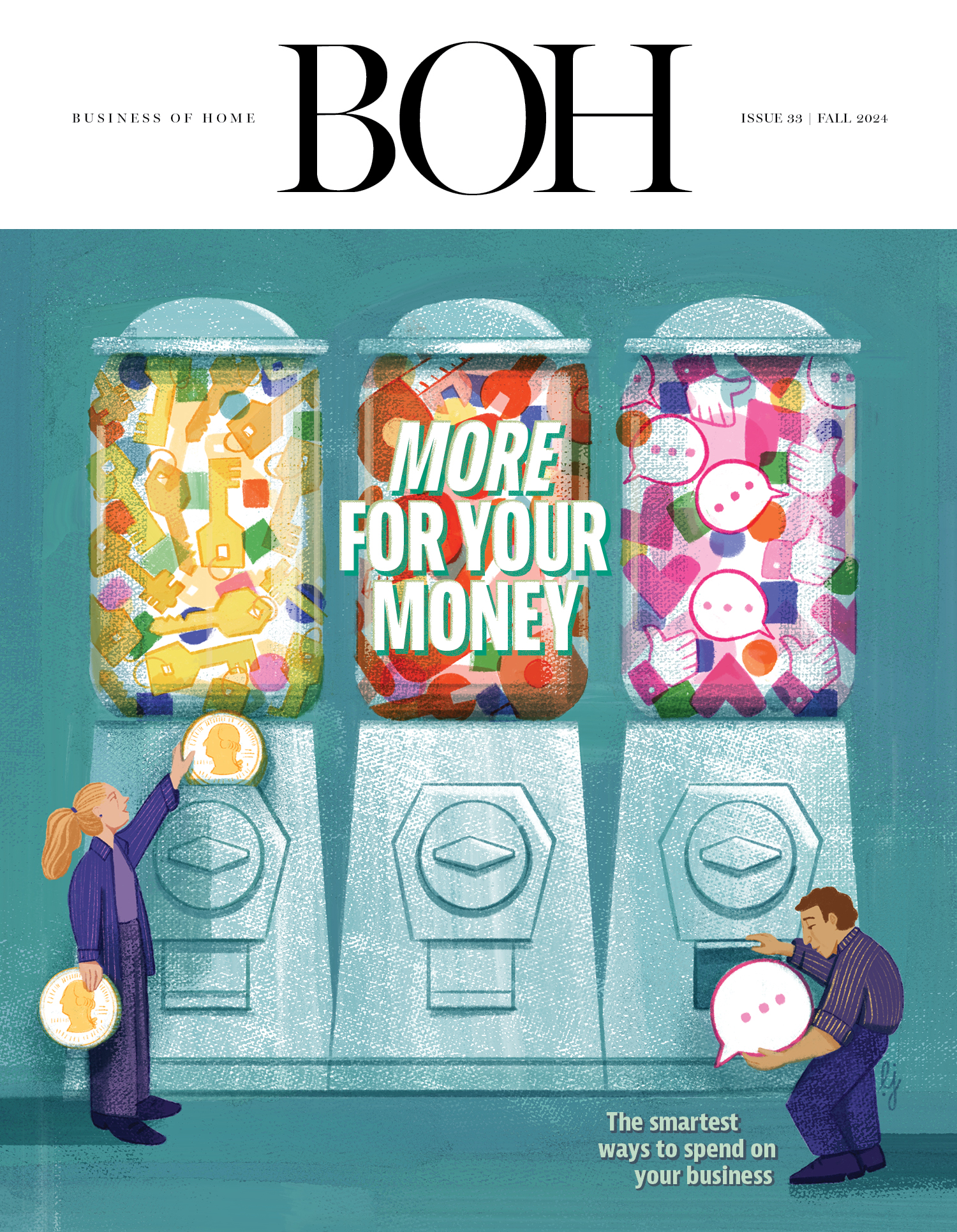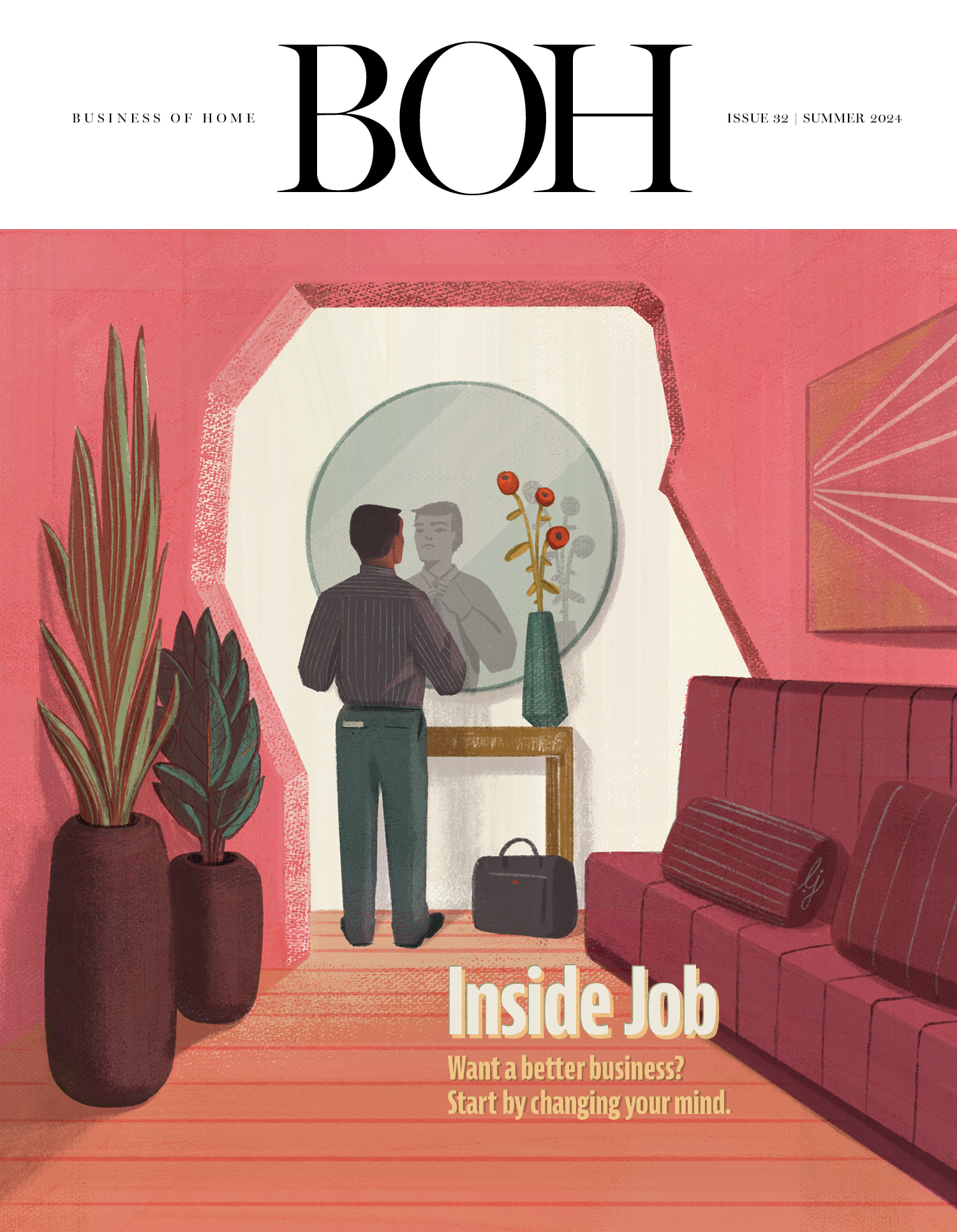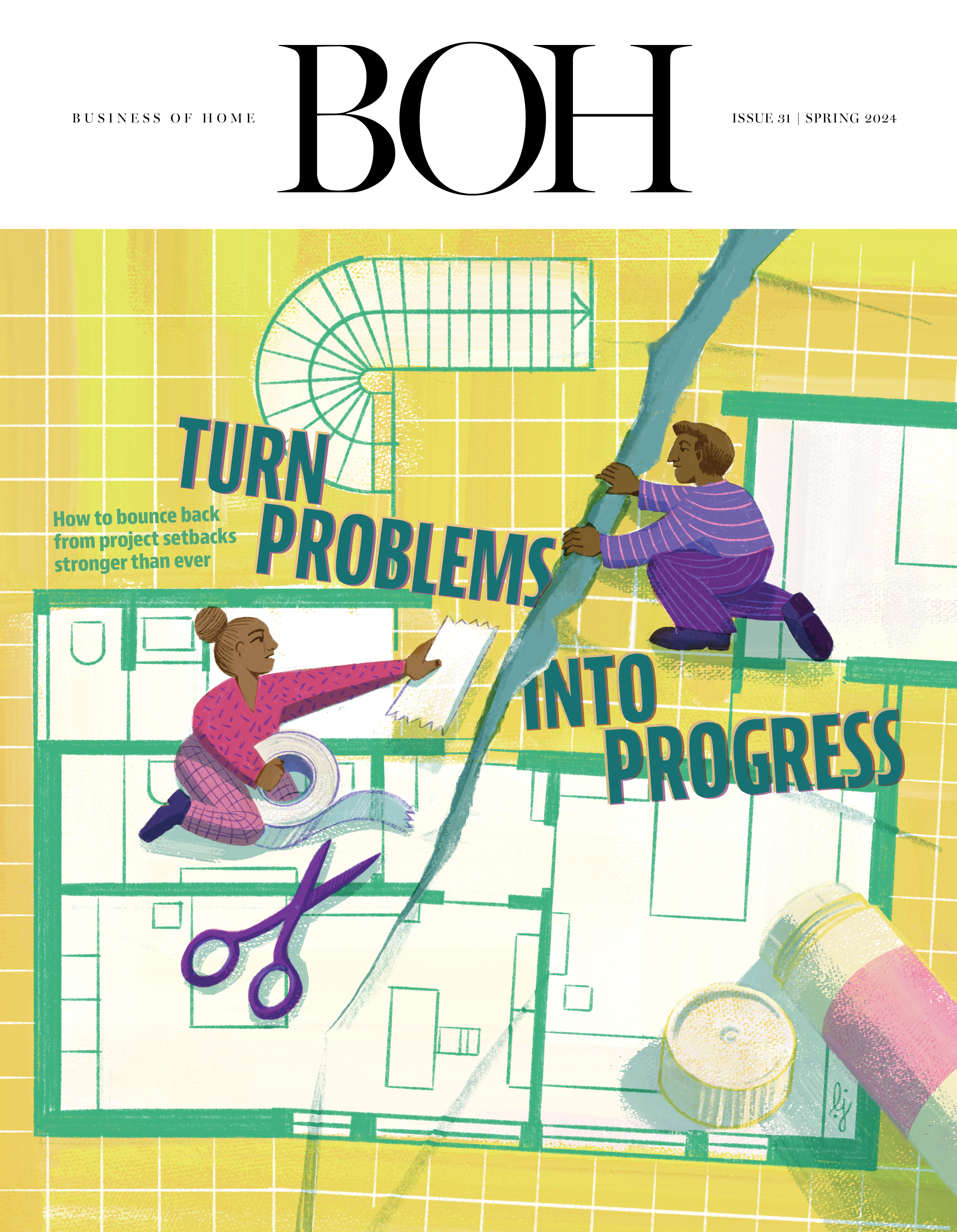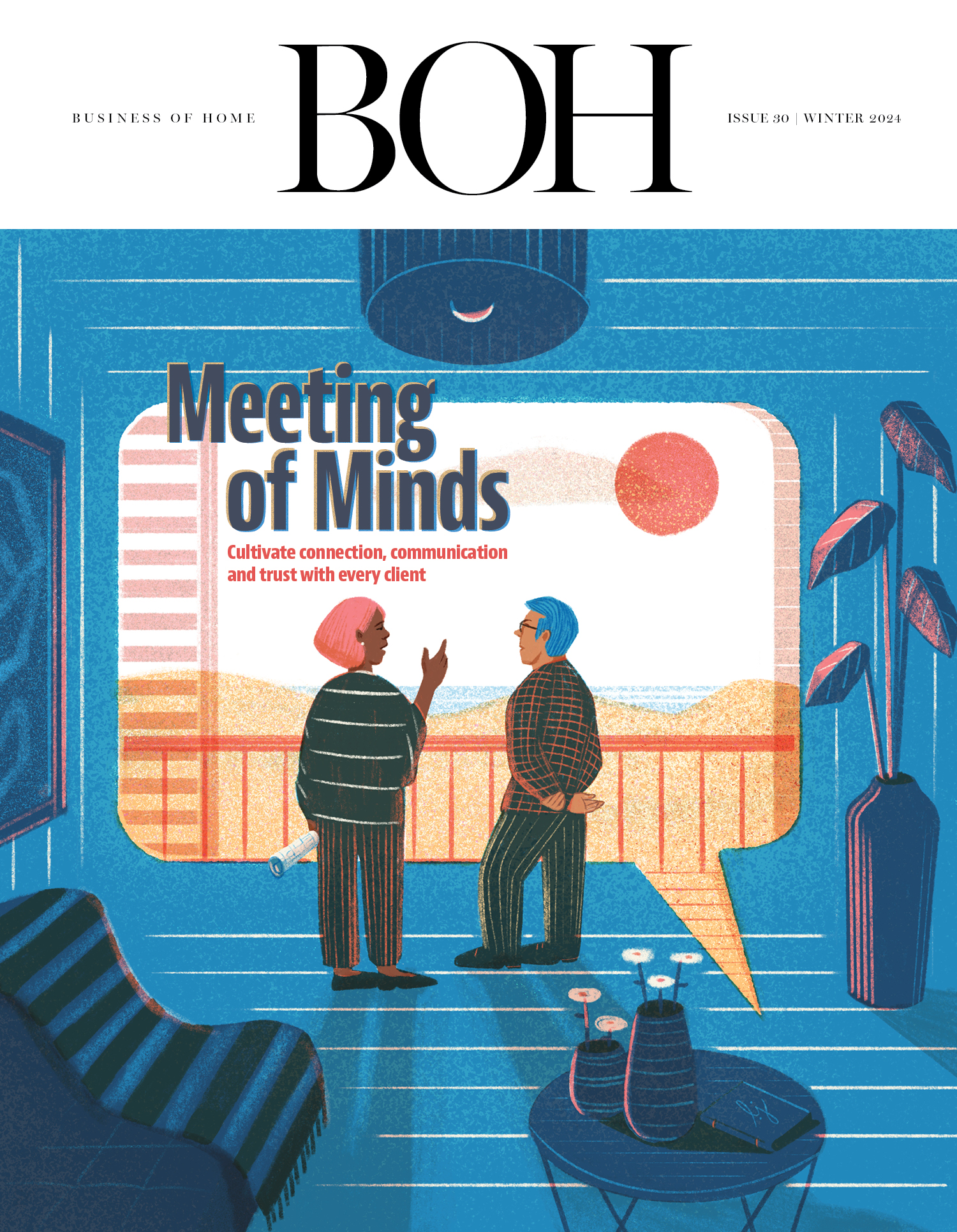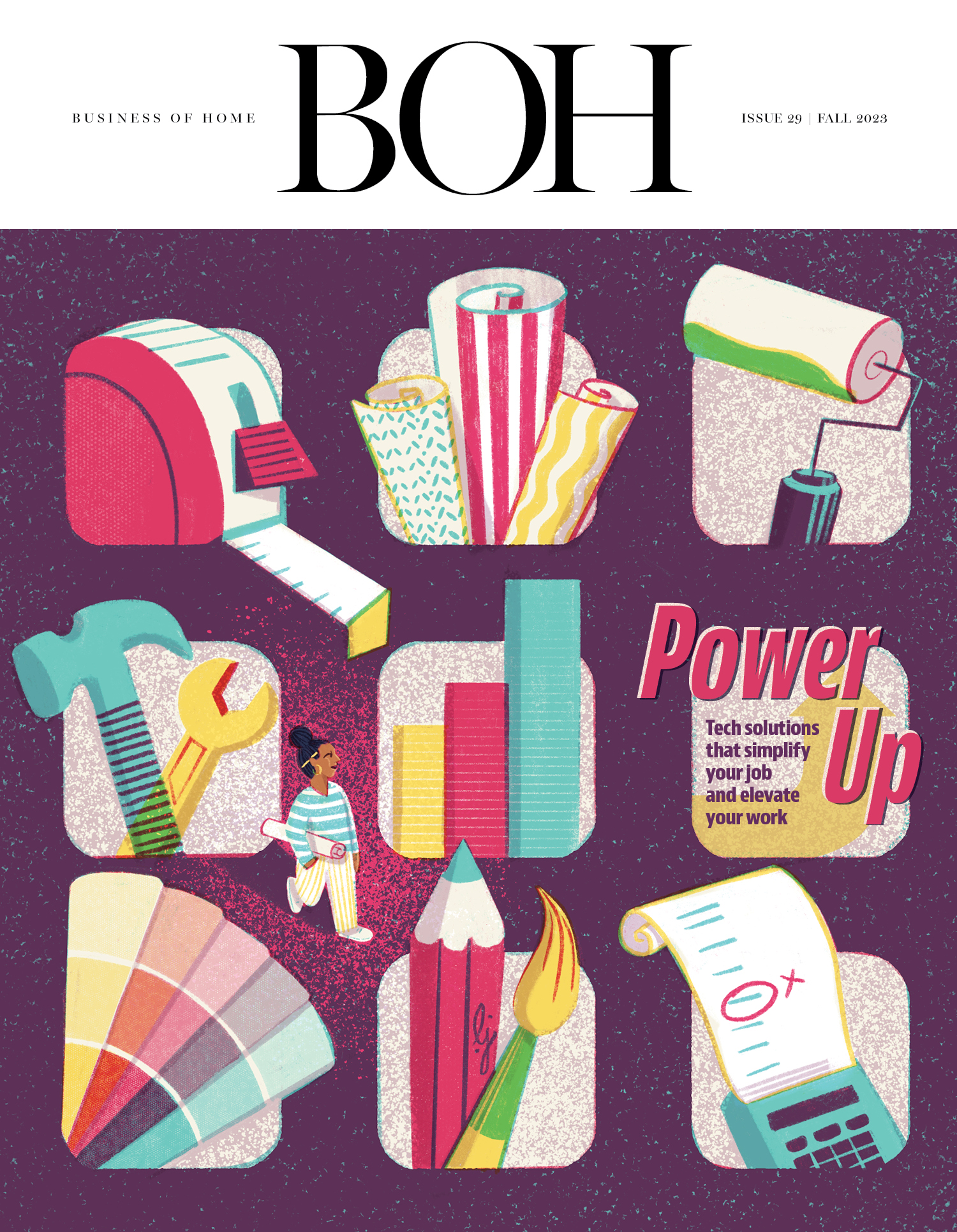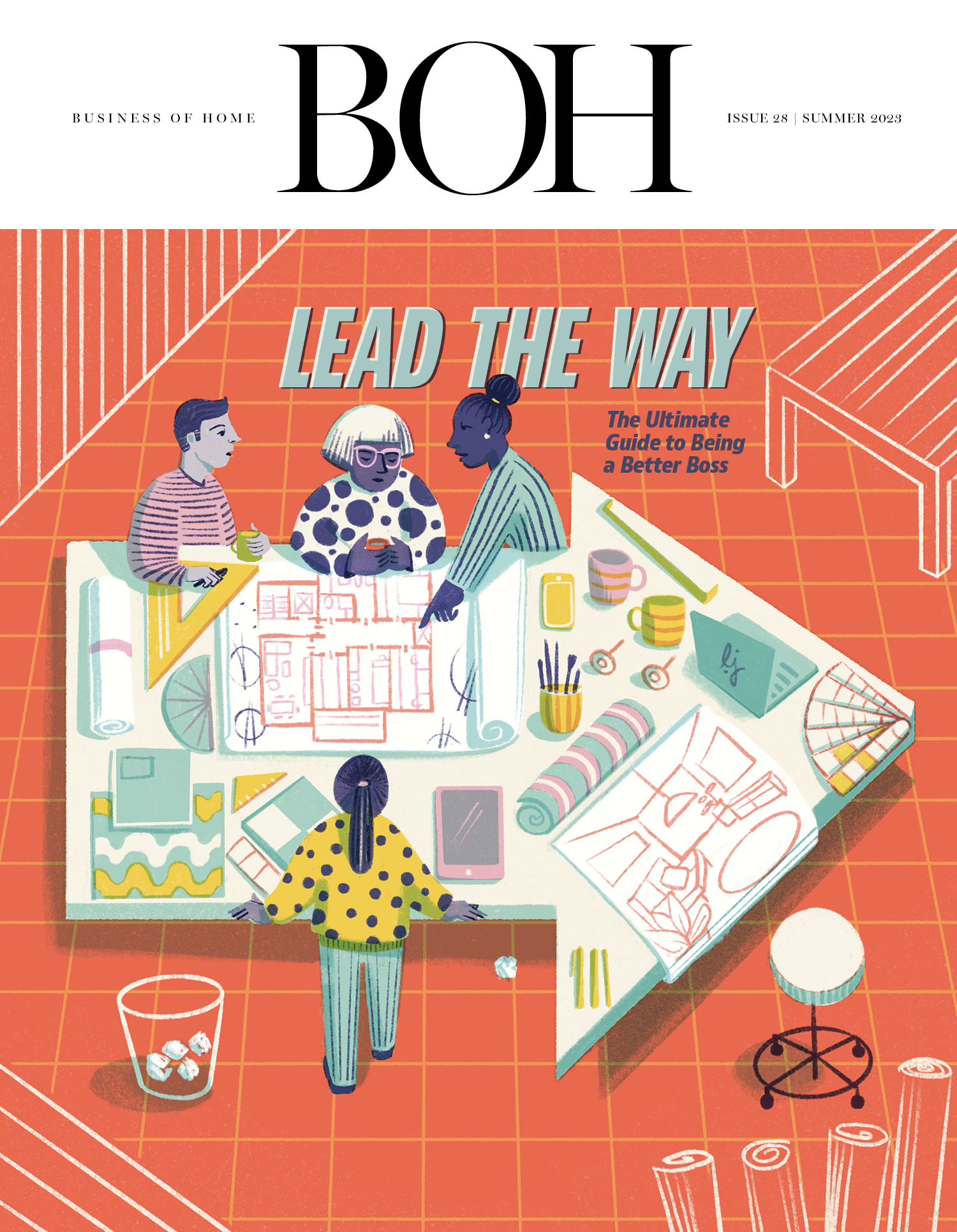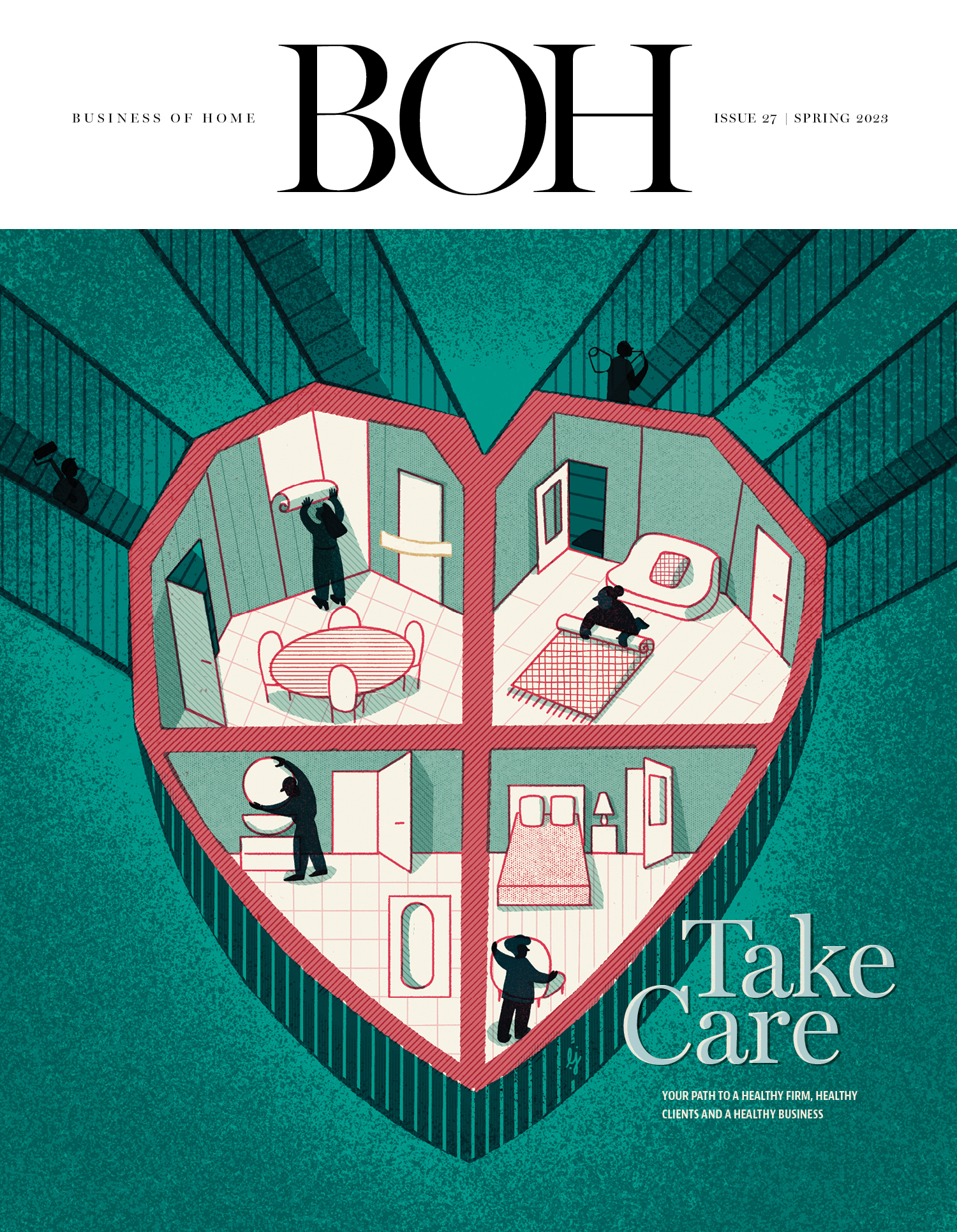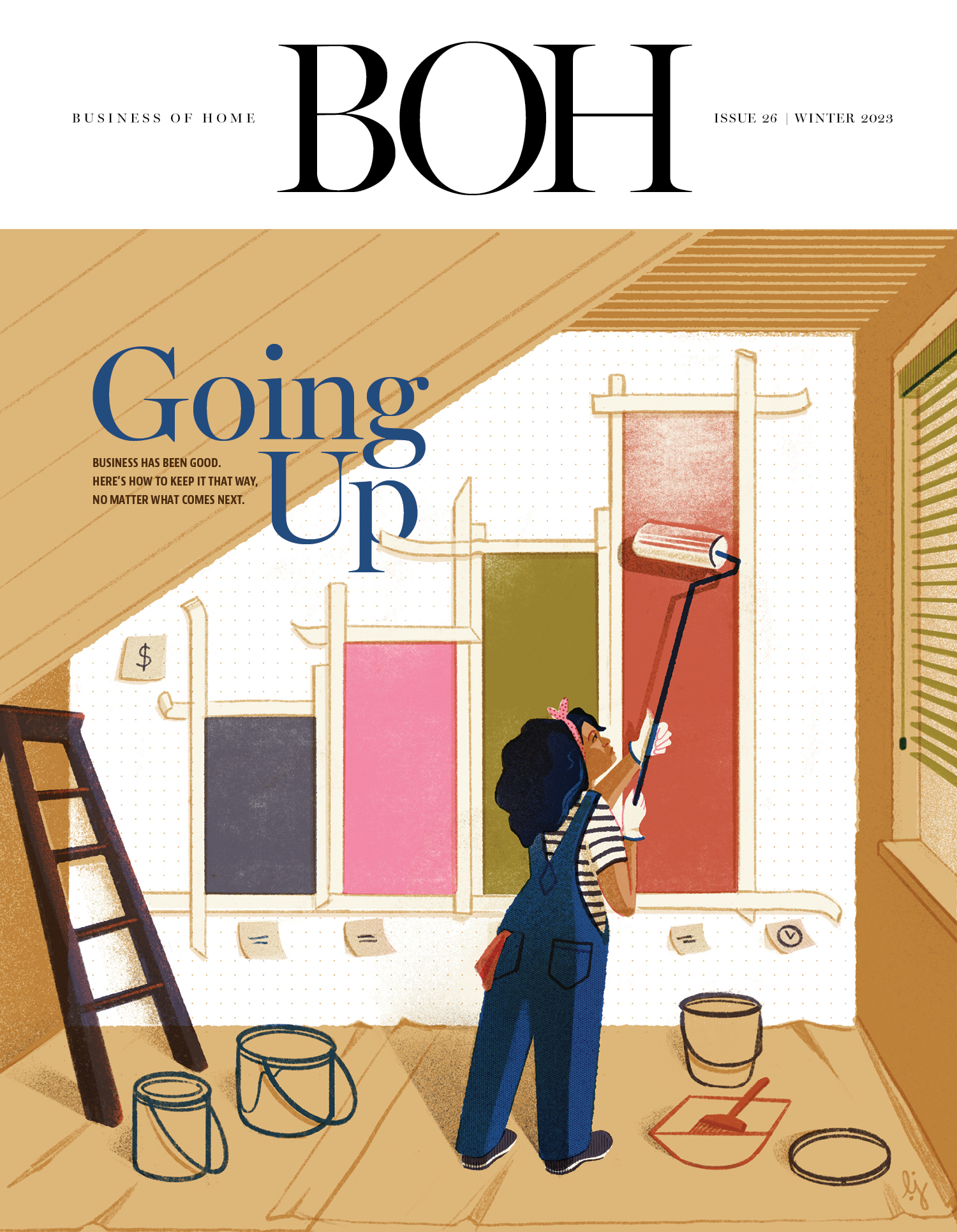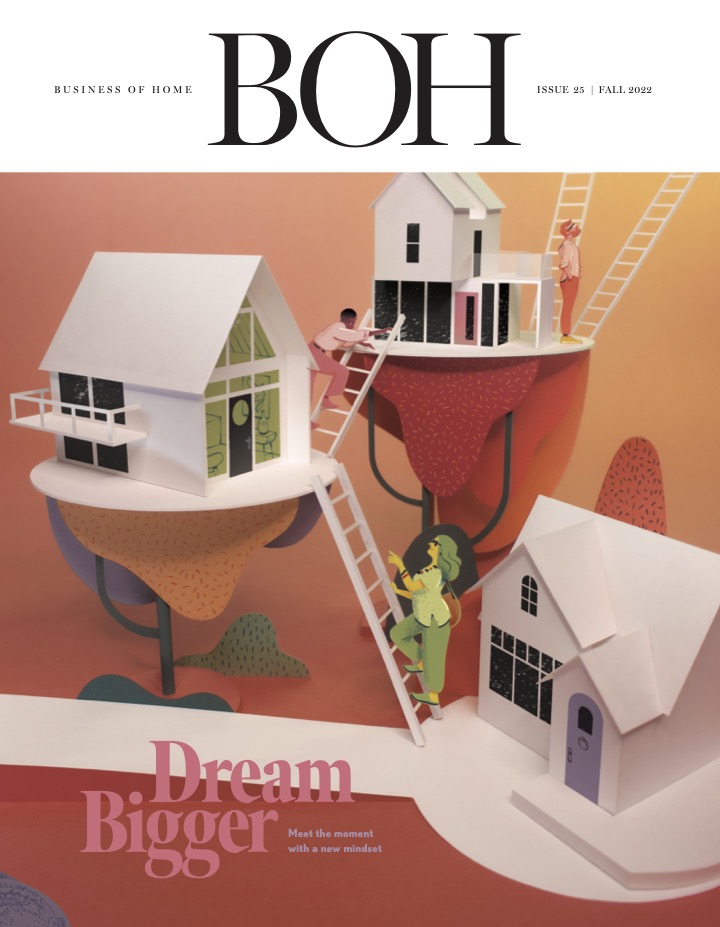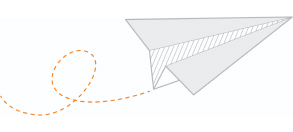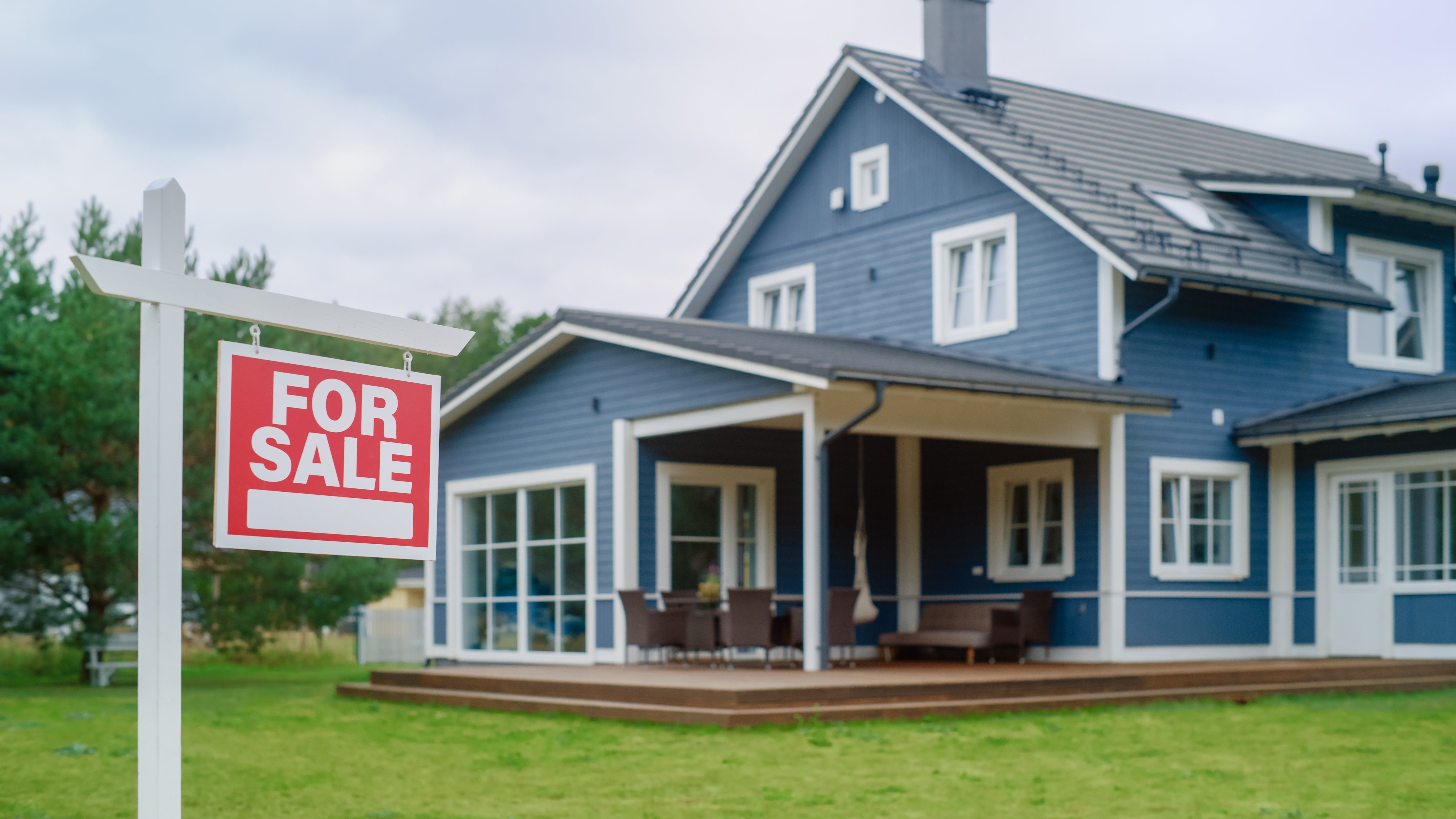Ahead of the spring housing market, many experts pointed to green shoots and predicted an uptick in sales. Now the numbers are in, and it’s official: The typically active season was a dud. Redfin reports that sales of existing U.S. homes in April were down 1.1 percent year-over-year—a notable dip as 2024 saw the lowest number of home sales since 1995. The following month was the slowest May market in 16 years. Sales activity is now running at just 75 percent of what it was pre-Covid. So much for a rebound.
There are myriad reasons for the stagnation, from tariff-related economic uncertainty to rising home prices and a mortgage rate stubbornly hovering around 7 percent—it’s not a particularly appealing time to buy if you have the option to wait. In April, the median existing-home sales price nationally reached $414,000, a record high for the month, before climbing to $422,800 in May. While the luxury home market hasn’t been as impacted, prices have been increasing there as well, with Redfin reporting that the typical U.S. luxury home sold for a near-record $1,348,065 in April, up 6.5 percent from a year earlier, as pending sales dropped to the lowest level for the month in over a decade.
While housing inventory is making slow gains, the number of construction starts on single-family homes in May was down 4.6 percent year-over-year, a reflection of the tariff-induced tumult that caused homebuilders to pull back this spring. For the month of June, the National Association of Home Builders/Wells Fargo Housing Market Index, which depicts builder confidence in housing market conditions on a scale of 0 to 100, was rated at just 32.
On July 9, strategist Ericka Saurit, in part two of her Social Storytelling series, dives deeper into the visual side of self-promotion, dissecting how your Instagram feed, stories and content work together to deliver a cohesive, scroll-stopping message about your unique design brand. Click here to learn more and remember, workshops are free for BOH Insiders
We want to hear your thoughts! Take BOH’s annual reader survey, an 8-minute questionnaire that helps us get to know you better and will allow us to tailor our storytelling to your business needs.
For designers, these numbers point to a gloomy outlook—fewer home sales generally means fewer projects. And while new construction sometimes offsets the impact of a slow existing-home sales market, if single-family home starts continue to stall, the number of new build projects in need of designers could hit a wall as well.
On the bright side, real estate is regional, and not all markets have been equally hit—sales have actually been increasing in markets like San Francisco, New York, Indianapolis and Los Angeles. Renovations also might be an opportunity for designers. People who had been hoping to trade up to a newer or larger home might decide instead to renovate their existing one, potentially leading to an increase in remodel inquiries. With both materials and home prices rising, and economic turbulence unlikely to stabilize in the short term, it’s also possible that clients will tighten their budgets or even put off design projects for the moment. There remains a hope among economists that the Federal Reserve will lower interest rates at some point over the next year, a move that could calm some of the financial hesitation and encourage sellers and buyers alike to make some long-awaited moves.



